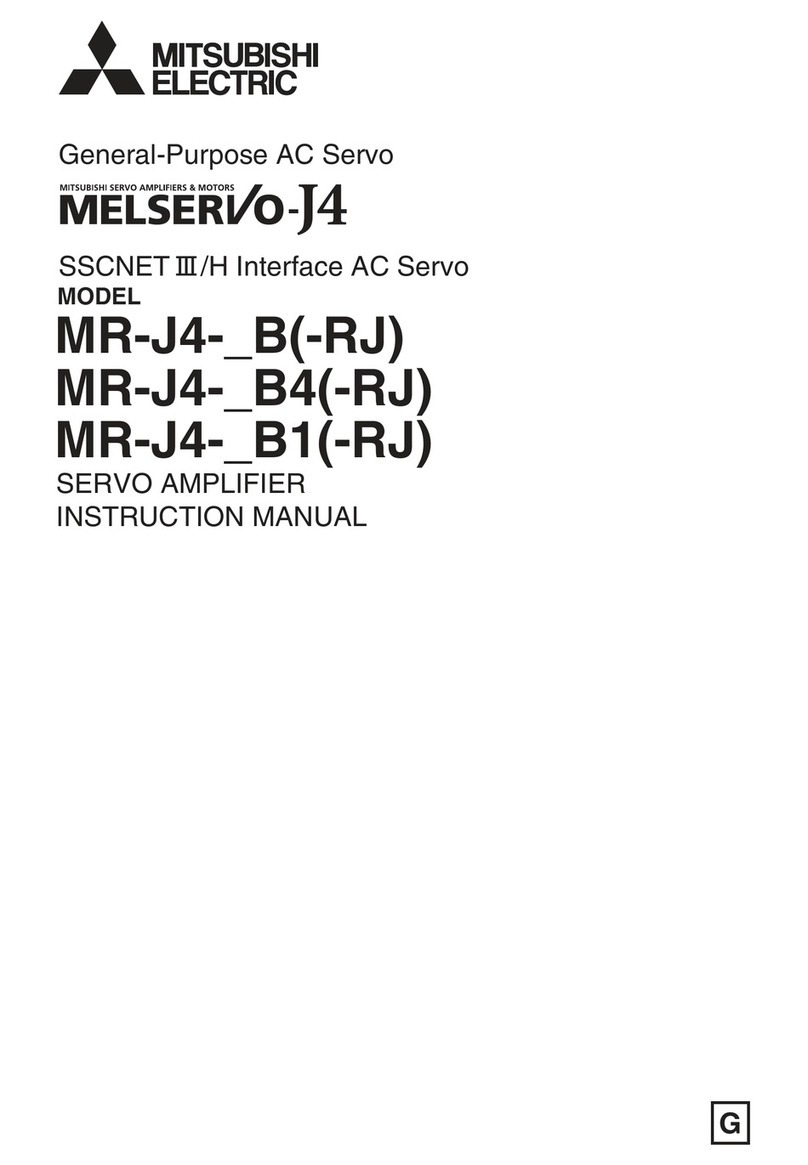Mitsubishi Electric MELSERVO-J4 series User manual
Other Mitsubishi Electric Amplifier manuals

Mitsubishi Electric
Mitsubishi Electric MELSERVO-JE MR-JE-70A User manual
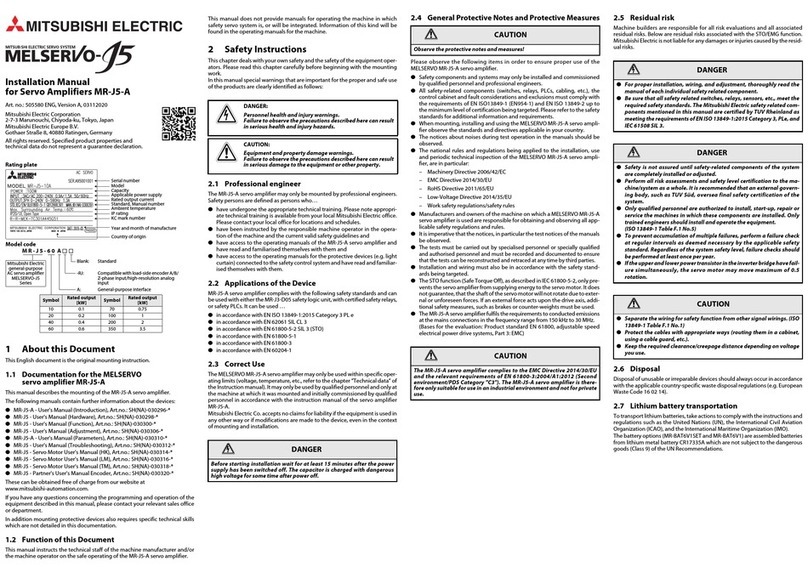
Mitsubishi Electric
Mitsubishi Electric SERVO SYSTEM MELSERVO-J5 MR-J5-A User manual

Mitsubishi Electric
Mitsubishi Electric MELSERVO-J4 series User manual

Mitsubishi Electric
Mitsubishi Electric MR-J3-T Instruction manual
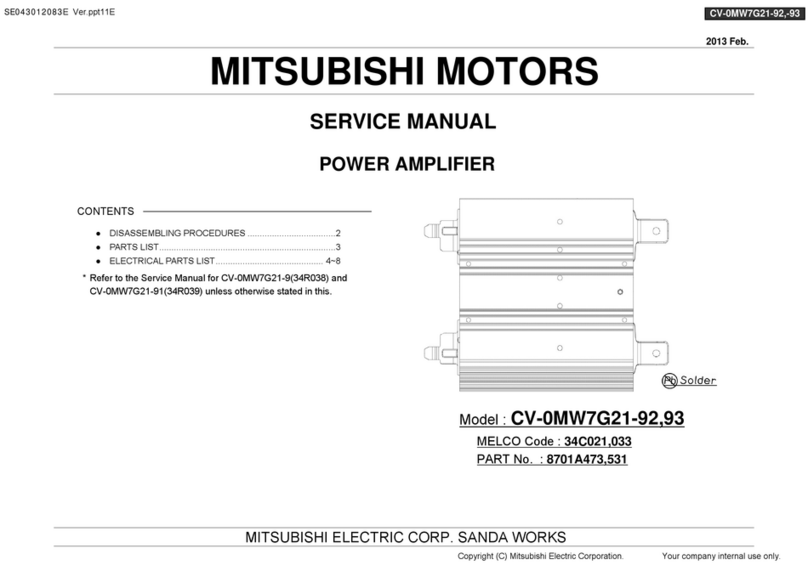
Mitsubishi Electric
Mitsubishi Electric CV-0MW7G21-92 User manual
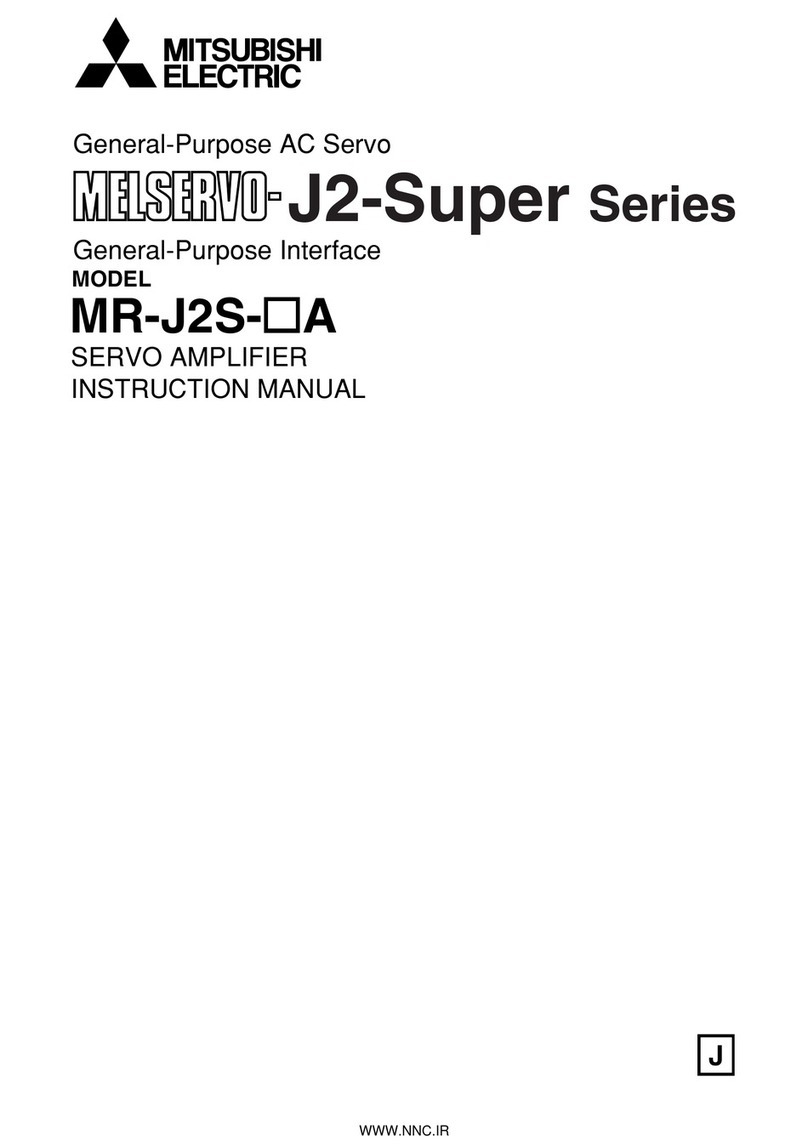
Mitsubishi Electric
Mitsubishi Electric MR-J2S-*A User manual
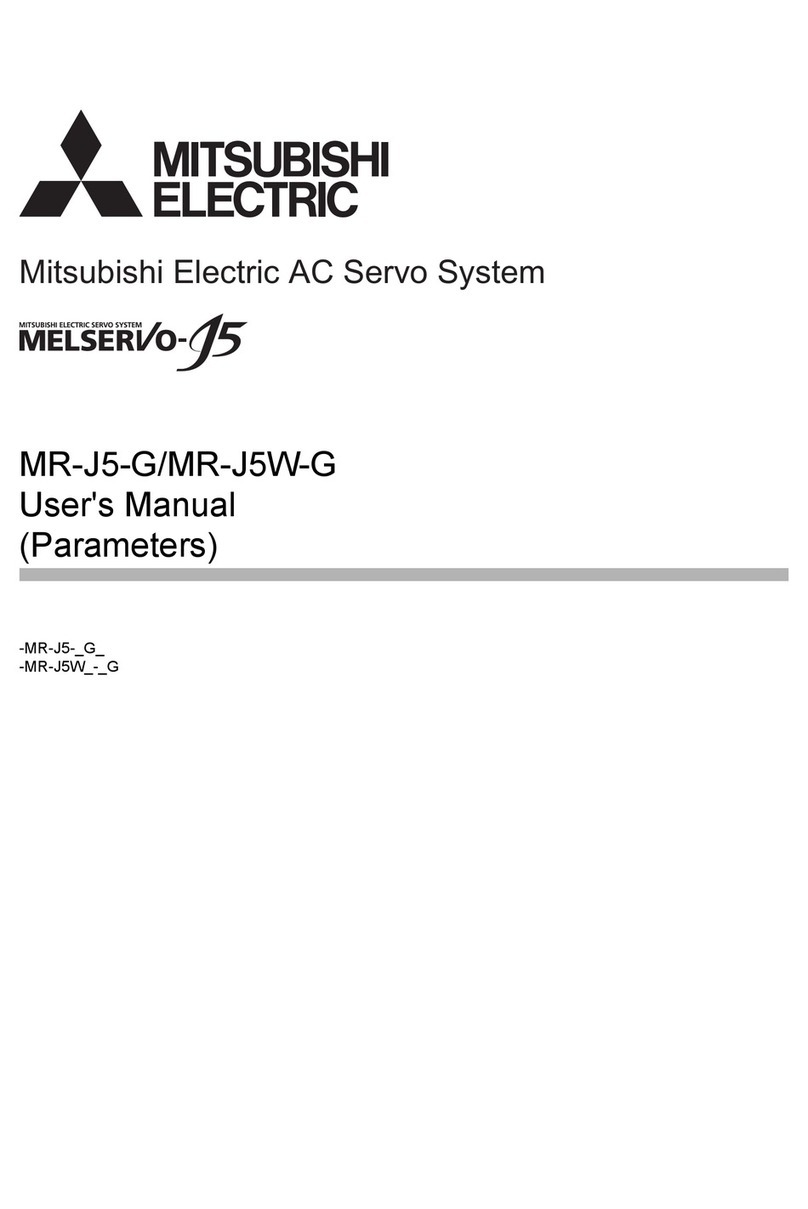
Mitsubishi Electric
Mitsubishi Electric MELSERVO-J5 MR-J5-G Series User manual
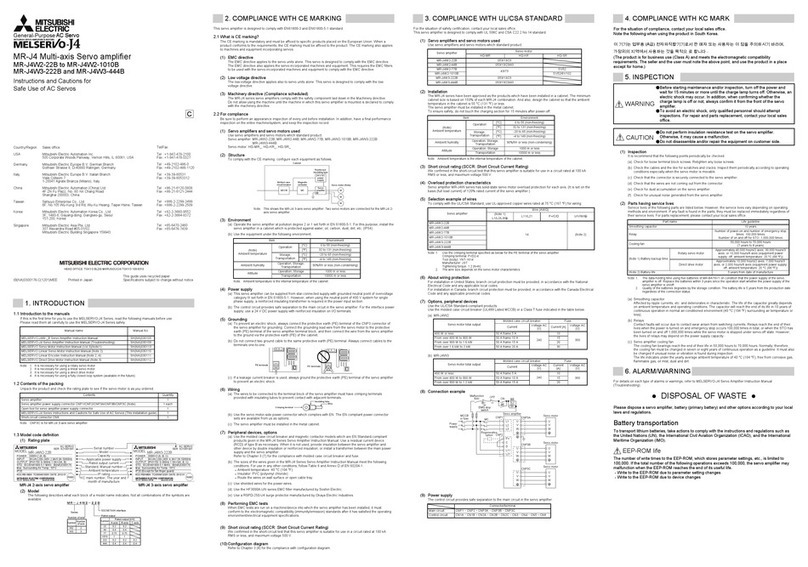
Mitsubishi Electric
Mitsubishi Electric MR-J4W2-22B Quick guide

Mitsubishi Electric
Mitsubishi Electric MELSERVO-JE MR-JE-C User manual

Mitsubishi Electric
Mitsubishi Electric MR-J2S-CP User manual

Mitsubishi Electric
Mitsubishi Electric MR-J3-B-RJ006 User manual

Mitsubishi Electric
Mitsubishi Electric MELSERVO-J2-Super Series User manual

Mitsubishi Electric
Mitsubishi Electric MR-J4W2 User manual

Mitsubishi Electric
Mitsubishi Electric MR-JE-_A User manual

Mitsubishi Electric
Mitsubishi Electric MELSERVO MR-J2-A Installation instructions

Mitsubishi Electric
Mitsubishi Electric MELSERVO-MR-J4 GF Series User manual
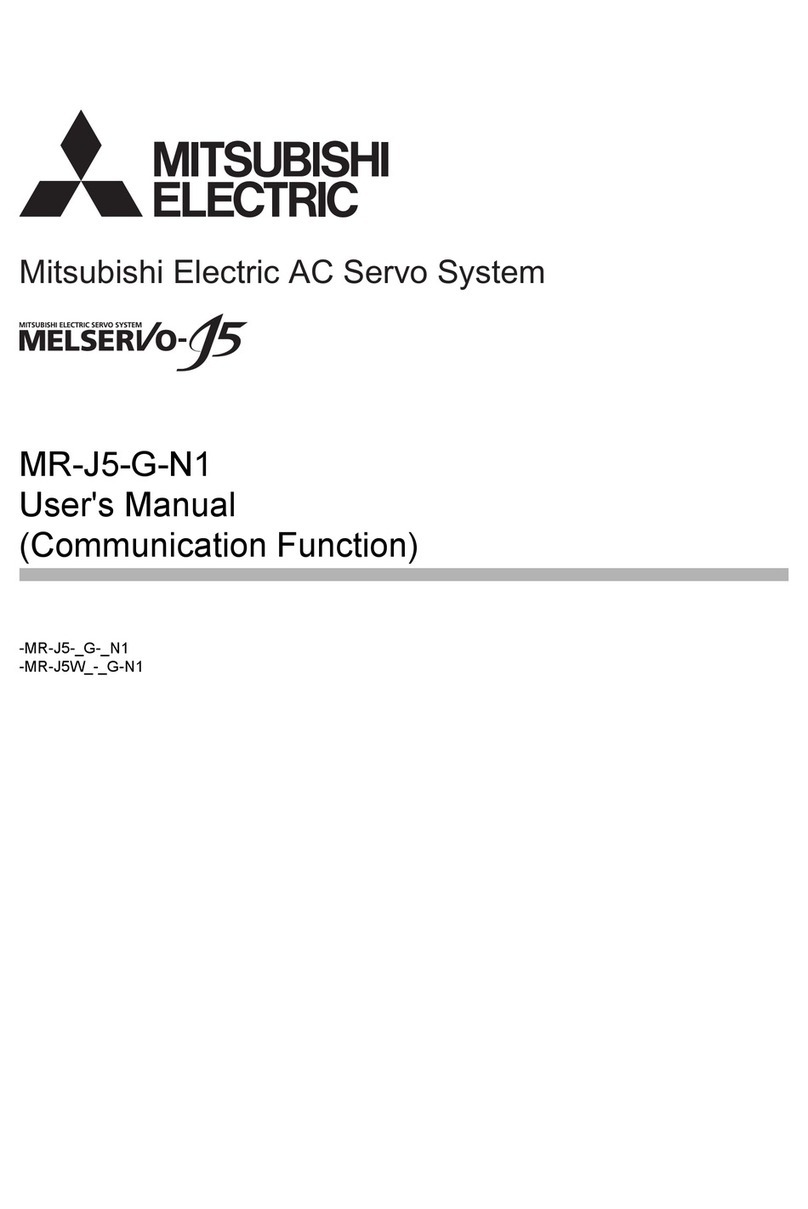
Mitsubishi Electric
Mitsubishi Electric MELSERVO-J5 MR-J5-G-N1 User manual

Mitsubishi Electric
Mitsubishi Electric MELSERVO-JE User manual

Mitsubishi Electric
Mitsubishi Electric MR-J3-B User manual

Mitsubishi Electric
Mitsubishi Electric MELSERVO-J4 series User manual

